11 min read
The Role of IT in Enhancing Public Safety Communications Systems
In today’s rapidly evolving technological landscape, public safety agencies rely on robust communication systems to protect communities and respond...
Our team offers a variety of services to support your IT operations and growth.
Leverage our expertise to optimize your IT environment and work towards compliance goals.
Our team is comprised of industry experts with a deep history in working with the public sector.
Please let us know how we may assist you.
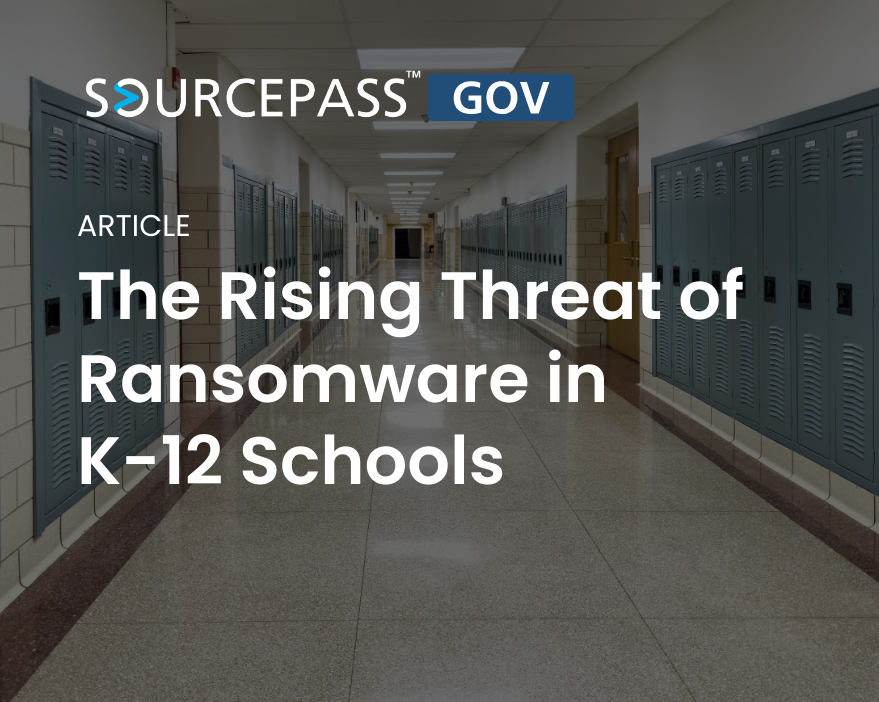
In recent years, the education sector has witnessed a troubling surge in ransomware attacks, with K-12 schools becoming prime targets for cyber criminals.
Because of this, it’s important for educational institutions to prioritize the implementation of comprehensive security protocols to safeguard sensitive data and ensure the continuity of educational operations.
Ransomware attacks involve malicious software that encrypts a victim’s data, rendering it inaccessible until a ransom is paid.
In the article, "School Ransomware Attacks are on the Rise. What Can Districts Do?", it states that an estimated 325 ransomware incidents were reported between April 2016 and November 2022 and another 85 attacks reported from November 2022 to October 2023.
The article also states that this 393% increase in attacks underscores the vulnerability of educational institutions and the sophisticated tactics being used by cyber criminals.
The consequences of ransomware attacks on schools are extensive.
Beyond the immediate disruption of educational activities, these attacks inflict significant logistical, legal, and financial damage. Schools often face the daunting task of restoring compromised systems, which can lead to prolonged closures and a loss of instructional time.
Additionally, the exposure of sensitive student and staff data can result in identity theft and other forms of cyber crime. And, the financial burden of paying ransoms and investing in recovery efforts can strain already tight school budgets.
Given the escalating threat landscape, it is imperative for educational institutions to adopt comprehensive cybersecurity measures, including:
One of the primary goals of implementing robust cybersecurity measures is to protect sensitive data.
Schools handle a wealth of personal information, including student records, staff details, and financial data. Ensuring the confidentiality, integrity, and availability of this data is paramount.
In addition to protecting data, comprehensive security protocols can help minimize disruptions caused by ransomware attacks.
By proactively addressing vulnerabilities and preparing for potential incidents, schools can maintain continuity of operations and reduce downtime.
Sourcepass GOV can help safeguard your educational institution to help protect your data and minimize disruptions.
Contact Sourcepass GOV today to assess your current cybersecurity posture and we can create a customized plan to help keep you safe!
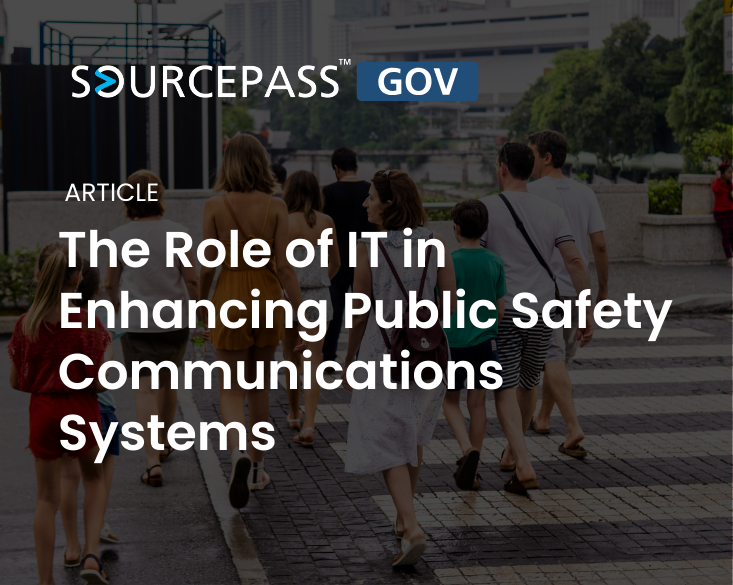
11 min read
In today’s rapidly evolving technological landscape, public safety agencies rely on robust communication systems to protect communities and respond...
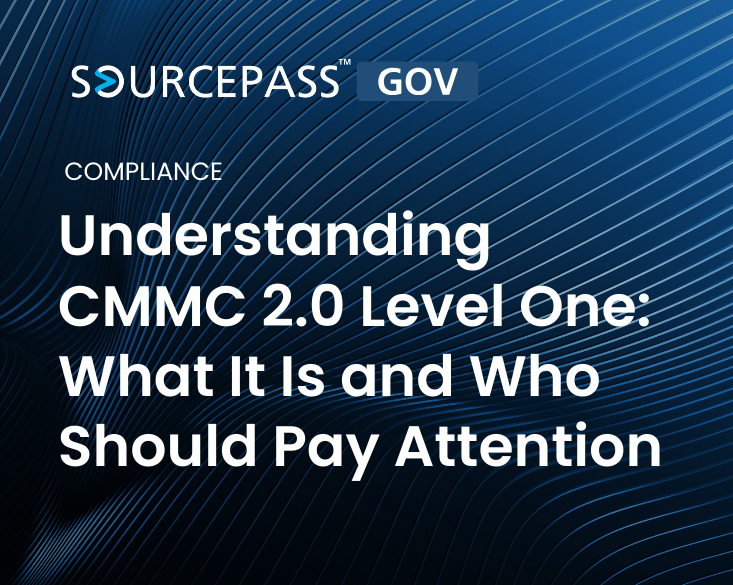
6 min read
In November 2021, the Department of Defense (DoD) announced the transition from CMMC 1.0 to CMMC 2.0, streamlining the certification process and...
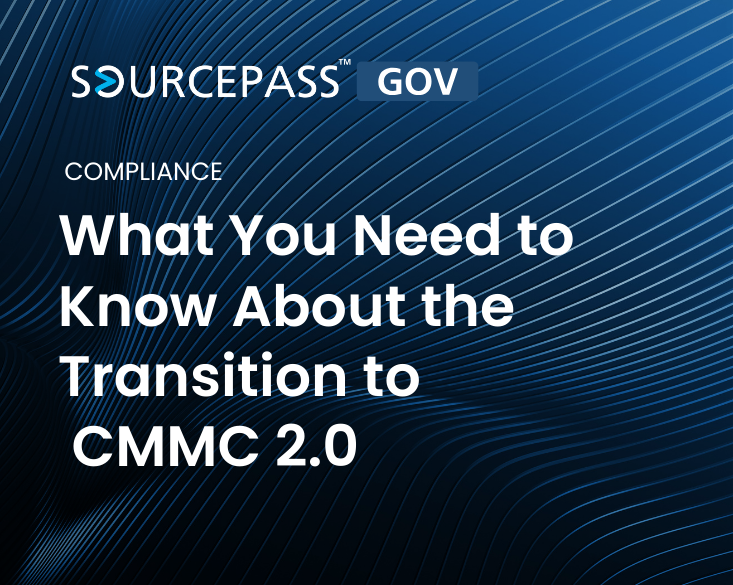
3 min read
The Cybersecurity Maturity Model Certification (CMMC) 1.0 was a groundbreaking initiative introduced by the U.S. Department of Defense (DoD) to...
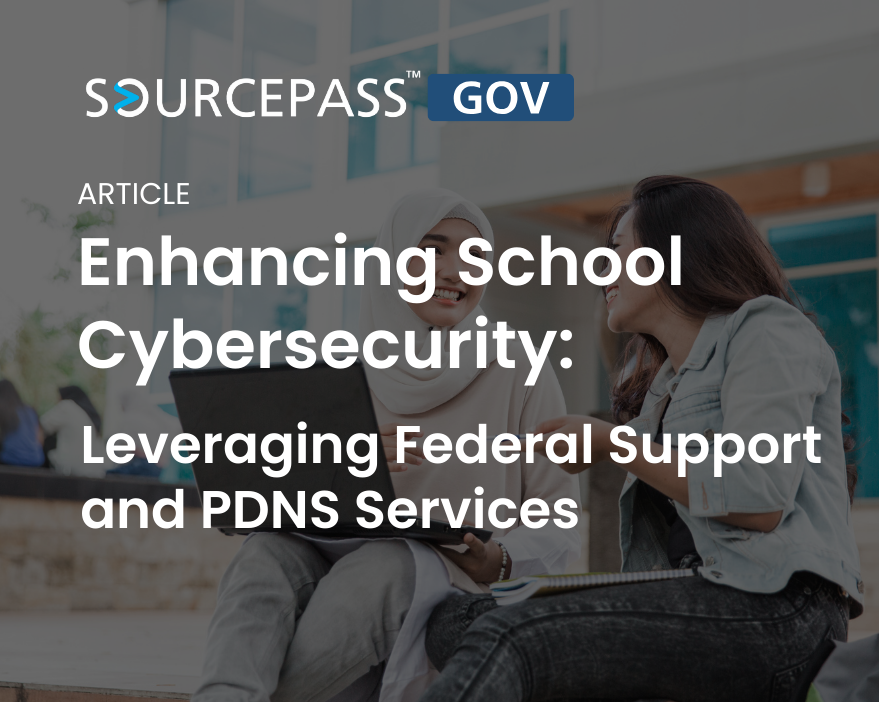
With the increase of cyberattacks targeting educational institutions, the White House launched a critical initiative aimed at strengthening the...
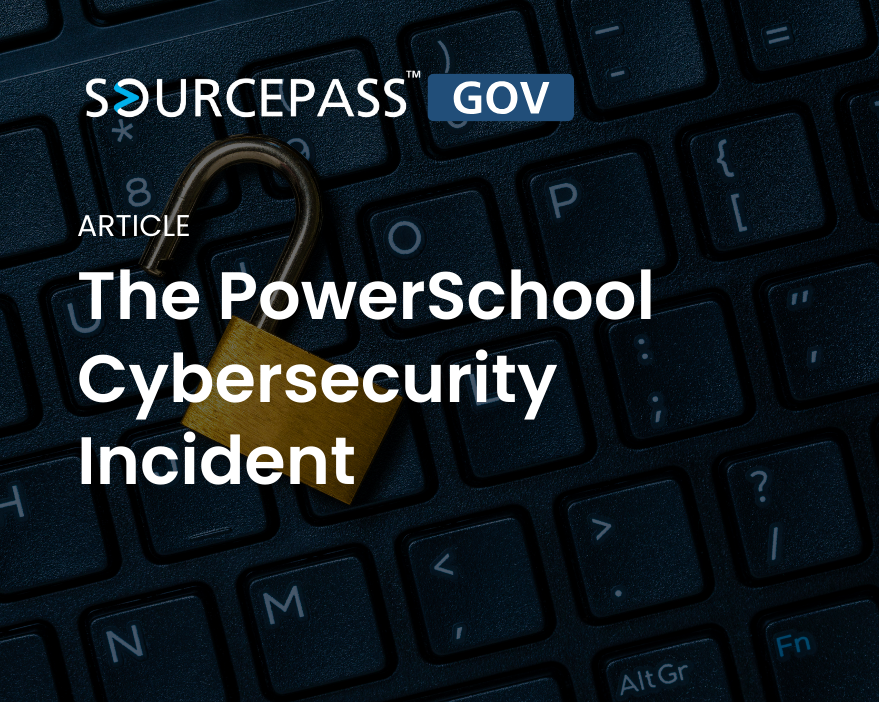
On December 28th, PowerSchool, a leading education technology software platform for North American schools, confirmed a cyberattack that resulted in...
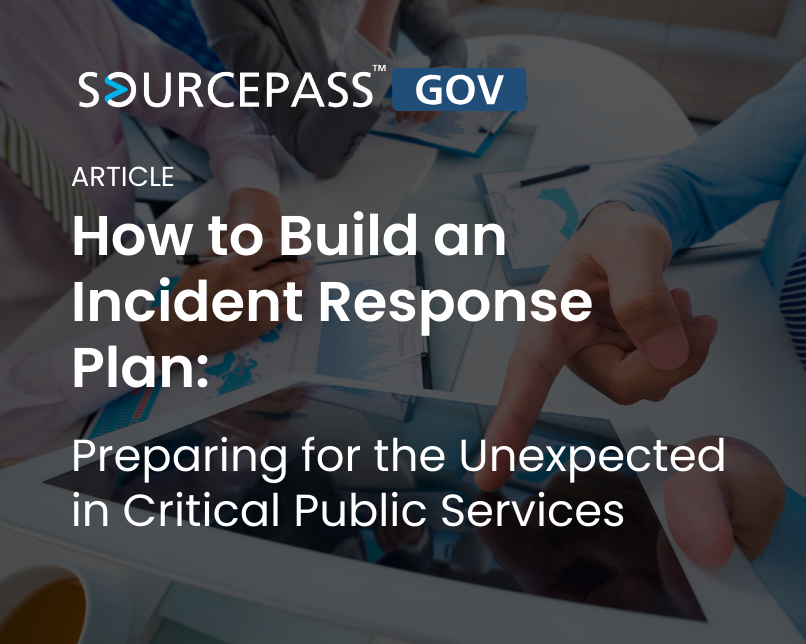
In the evolving digital landscape of public service, local organizations are increasingly exposed to a variety of risks—from cyberattacks to...